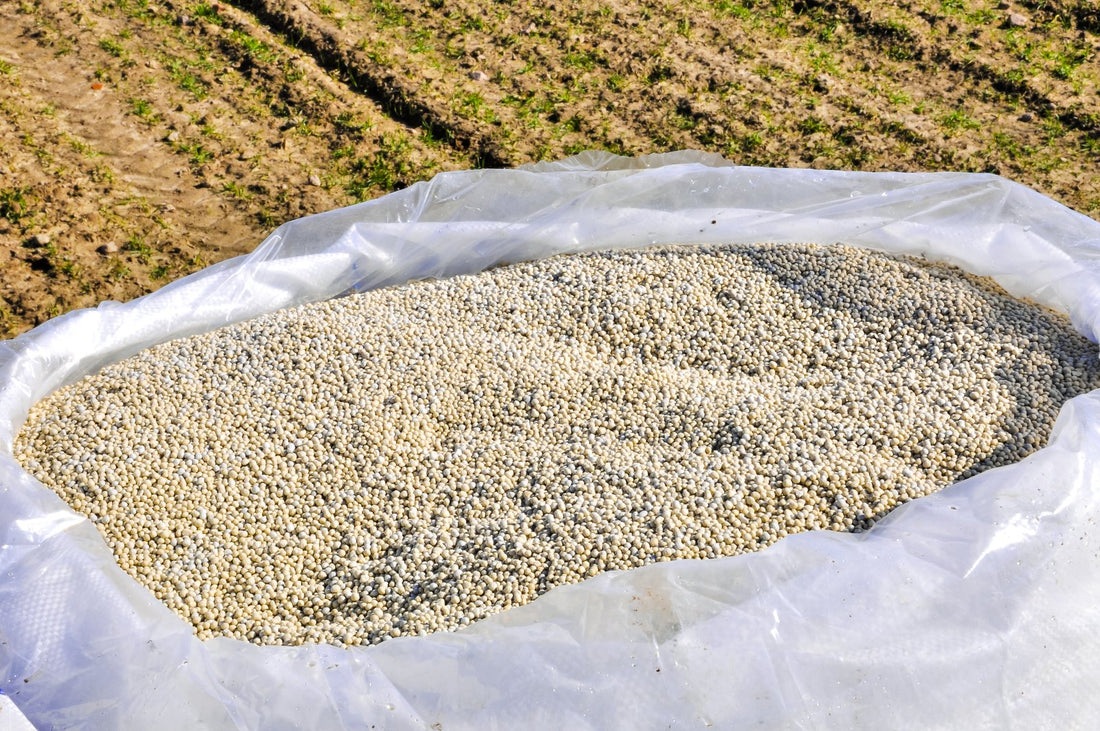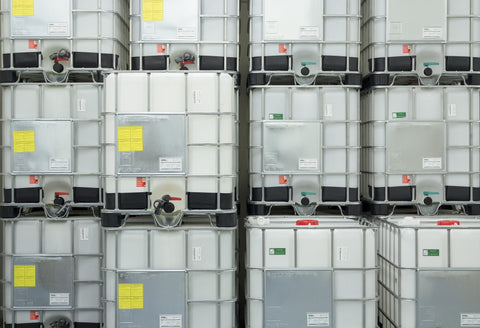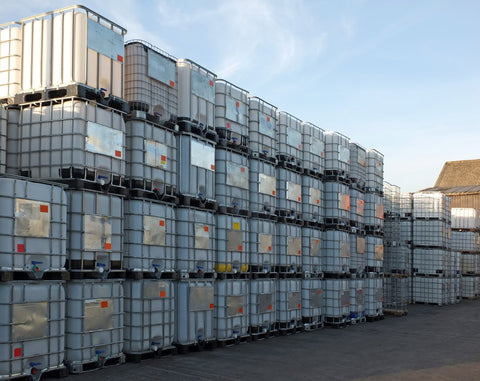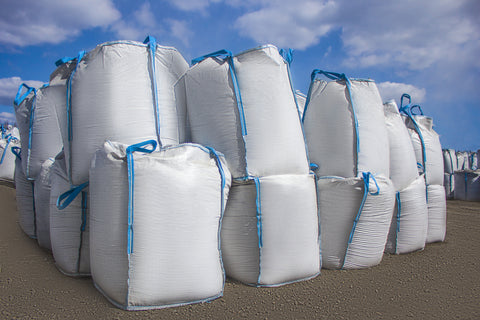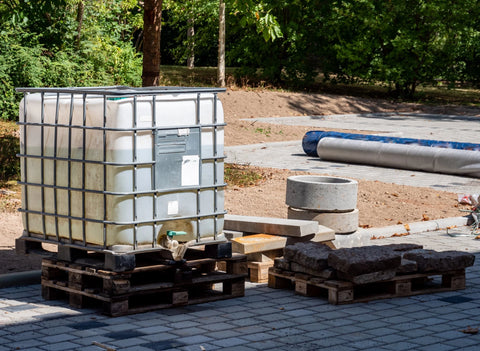The Crucial Role of Temperature in Fertilizer Manufacturing
In the realm of nitrogen fertilizer manufacturing, where precision is the name of the game, temperature control emerges as an unsung hero. The efficacy of nitrogen stabilizers and inhibitors hinges on maintaining the perfect temperature. This article delves into the intricate world of these chemical compounds, nitrogen stabilizers, and nitrogen inhibitors, shedding light on their indispensable role in nitrogen fertilizer production. In this high-stakes industry, the art of temperature control takes center stage, addressing the challenges faced in achieving and maintaining optimal temperatures. From the moment the raw materials are mixed to the final product's delivery, temperature control is the linchpin that ensures quality and efficiency throughout the process.
Understanding Nitrogen Stabilizers and Inhibitors
Nitrogen stabilizers and inhibitors are the silent guardians of nitrogen fertilizer production. These chemical compounds play a pivotal role in preventing nitrogen loss from fertilizers, a challenge that has long plagued the industry. Nitrogen stabilizers work by inhibiting the urease enzyme activity, slowing down the process of urea hydrolysis and ammonia volatilization, ensuring that the valuable nitrogen stays where it belongs—within the soil, ready to nourish crops.

Nitrification inhibitors, on the other hand, tackle the conversion of ammonium to nitrate, effectively reducing the emission of nitrous oxide—a potent greenhouse gas that contributes to climate change. Understanding the intricate dance between these compounds and temperature becomes essential as we navigate the complexities of modern agriculture and environmental responsibility.
Challenges in Temperature Control
While the benefits of precise temperature control in fertilizer manufacturing are clear, the road to achieving this level of control is not without its challenges. Maintaining the right temperature is a complex task, one that can make or break the success of the entire operation. Variations in temperature can lead to nitrogen fertilizer loss, impacting both product quality and cost-effectiveness. Moreover, the stakes are higher than ever in today's environmentally conscious world.
Temperature fluctuations can compromise the environmental effectiveness of these stabilizers and inhibitors, emphasizing the need for consistent temperature regulation. From the scorching heat of summer to the bitter cold of winter, achieving that consistency, even under varying climatic conditions, presents a formidable hurdle that the industry must overcome.
Techniques for Temperature Control
-
Insulation and Heat Exchange
-
Effective temperature control is an intricate dance between science and engineering. Insulation and heat exchange are two cornerstones of this endeavor. Proper insulation of storage tanks and heat exchange systems forms the backbone of maintaining the desired temperature for urea ammonium nitrate and other nitrogen sources.
-
Insulation acts as a protective barrier, shielding these sensitive compounds from the whims of ambient temperature. By preventing heat loss or gain, it ensures that the nitrogen stabilizers and inhibitors remain effective, safeguarding them against the disruptive forces of external thermal fluctuations. This not only preserves the quality of the fertilizer but also contributes to cost-efficiency, as a stable temperature environment reduces the need for energy-intensive temperature adjustments.
-
Various products. on the market can hit these temperature control needs, specifically for temperature control in totes of nitrogen stabilizers. Allowing fertilizer manufacturers to have direct control over the temperature of their stabilizers, leading to a more successful end product overall.
-

-
Monitoring and Automation
-
In the quest for temperature precision, advanced monitoring systems and automation come to the forefront. Real-time monitoring systems, equipped with sensors and data analysis capabilities, stand as sentinels guarding the temperature range within optimal bounds. They provide crucial insights into the status of the environment, allowing swift corrective actions in the face of temperature fluctuations. The prevention of ammonia loss, a consequence of temperature instability, becomes attainable through such systems.
-
Furthermore, cutting-edge technologies offer automation capabilities, allowing for the seamless injection of nitrogen stabilizers and nitrogen inhibitors. This automation ensures a consistent and accurate application of these critical components, eliminating the human margin for error and guaranteeing the efficacy of temperature control methods.
-
Best Practices for Nitrogen Stabilizer and Inhibitor Use
When it comes to the use of nitrogen stabilizers and nitrification inhibitors, precision is paramount. Best practices, akin to guiding principles, are the lighthouse in a sea of potential pitfalls. Proper storage, handling, mixing, and application of these compounds are the first line of defense against nitrogen losses.
Storage in suitable conditions ensures the longevity and effectiveness of these essential components. Prudent handling techniques minimize the risk of contamination and degradation. The meticulous mixing of these compounds into the fertilizer blend guarantees uniform distribution, leaving no room for localized deficiencies.
Additionally, factoring in the intricacies of soil type and soil bacteria interactions is crucial for enhanced performance. Each soil type possesses unique characteristics, and understanding how nitrogen stabilizers and nitrification inhibitors interact with specific soils fosters a more precise and efficient approach to nitrogen management. In this intricate dance between science and application, best practices pave the way for optimal results, optimizing crop yields while reducing environmental impact.
Future Trends and Innovations
The future of nitrogen stabilizers and inhibitors shines brightly with promise. Emerging technologies and innovative trends in the nitrogen fertilizer industry are poised to revolutionize how we approach temperature control and nitrogen management. These innovations carry a dual mandate—to further reduce the environmental impact of nitrogen fertilizer production and to enhance crop uptake and yield. Groundbreaking solutions, such as nitrapyrin agronomics, hold the potential to reimagine the landscape of nitrogen management. By minimizing nitrogen losses, they not only contribute to environmental sustainability but also boost the efficiency of crop nutrient utilization.
As climate change concerns loom large, these innovations are critical in reducing the carbon footprint associated with fertilizer production. They represent the industry's commitment to harmonizing temperature control with environmental stewardship, offering a brighter and more sustainable future for the fertilizer industry.

Mitigating Nitrous Oxide Emissions: A Climate-Positive Approach
Reducing nitrous oxide emissions has become a critical priority for the nitrogen fertilizer industry, driven by the industry's commitment to environmental sustainability and combating climate change. Nitrous oxide (N2O) is a potent greenhouse gas that poses a dual threat—it contributes to global warming, and it also plays a role in ozone depletion. Fortunately, innovative approaches are emerging to tackle this challenge and minimize the environmental footprint of nitrogen fertilizer production.
-
Harnessing Nitrogen Stabilizers and Nitrification Inhibitors:
-
One of the primary methods for curbing nitrous oxide emissions lies in the strategic use of nitrogen stabilizers and nitrification inhibitors. These chemical compounds serve as guardians against the conversion of ammonium to nitrate, a process known as nitrification. Nitrification not only depletes valuable nitrogen resources but also produces nitrous oxide as a byproduct. By inhibiting this conversion, nitrogen stabilizers and nitrification inhibitors play a crucial role in reducing nitrous oxide emissions at the source.
-
-
Enhancing Nitrogen Use Efficiency:
-
Another avenue for mitigating nitrous oxide emissions is the pursuit of enhanced nitrogen use efficiency. By optimizing the application of nitrogen fertilizers precisely matching the timing and dosage to crop needs, farmers and manufacturers can minimize excess nitrogen that might otherwise contribute to nitrous oxide emissions. This approach not only benefits the environment but also ensures that nitrogen resources are utilized more effectively, ultimately improving crop yields.
-
-
Innovations in Fertilizer Formulations:
-
Furthermore, ongoing research into advanced fertilizer formulations seeks to minimize the environmental impact of nitrogen-based fertilizers. These innovations include the development of slow-release nitrogen fertilizers that release nitrogen more gradually, reducing the risk of nitrous oxide emissions. By controlling the release of nitrogen, these formulations help to maintain a steady supply of nutrients to crops while minimizing losses to the atmosphere.
-
Harmonizing Temperature for a Sustainable Fertilizer Industry
Achieving the delicate balance of optimizing temperature for nitrogen stabilizers and nitrogen inhibitors is a crucial aspect of fertilizer manufacturing. By addressing the challenges, implementing effective techniques, and adhering to best practices, the industry can ensure not only product quality but also a positive environmental impact.


